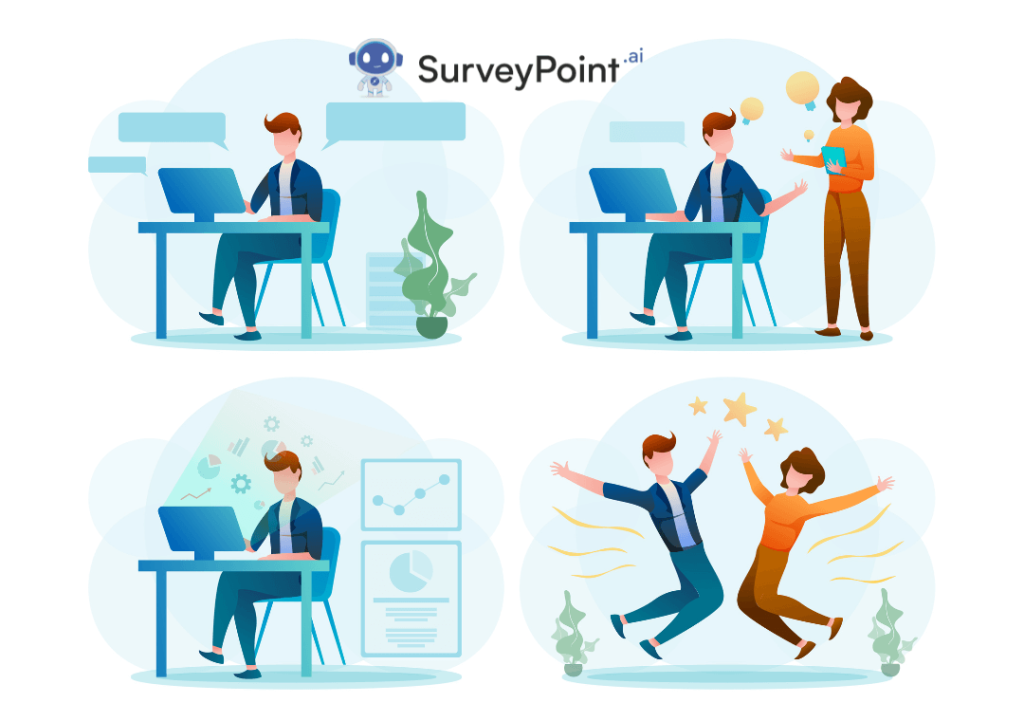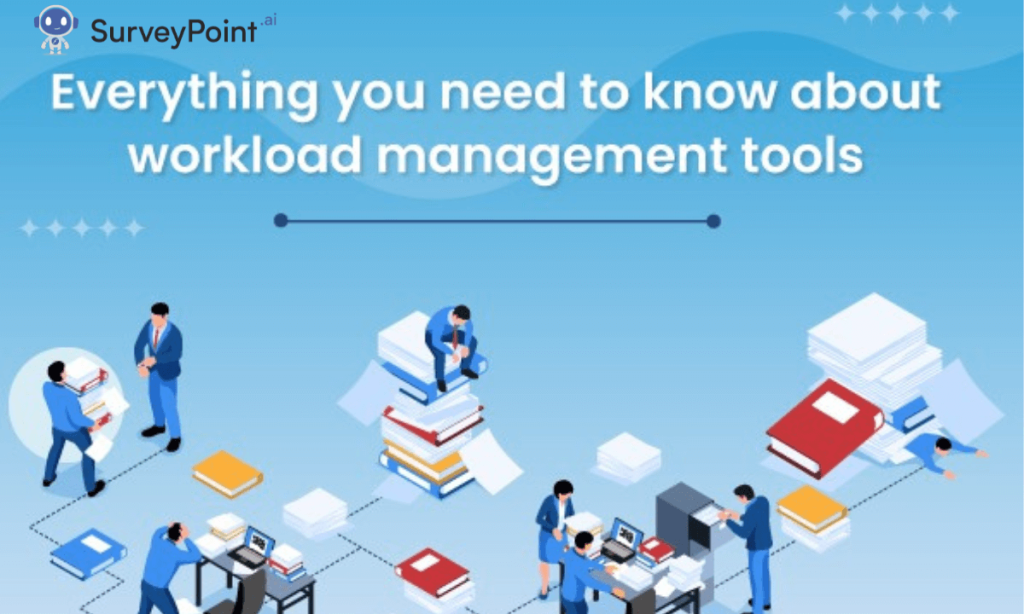
In any workplace, understanding the strengths and weaknesses of your employees is crucial for fostering a productive and harmonious environment. By identifying these attributes, employers can better utilize their team’s talents, address areas of improvement, and ultimately enhance overall performance. In this comprehensive guide, we will delve into the process of identifying employee strengths and weaknesses, provide examples of each, discuss strategies for recognizing these qualities during job interviews, and explore methods for leveraging strengths while mitigating weaknesses.
How to Identify Employee Strengths?
Recognizing the strengths of your employees involves a combination of observation, feedback, and assessment. Here are some effective methods for identifying employee strengths:
- Observation: Pay close attention to how employees perform their tasks and interact with colleagues. Notice patterns of excellence, areas where they excel, and tasks they seem to enjoy.
- Feedback: Regularly solicit feedback from colleagues, supervisors, and clients regarding employee performance. This can provide valuable insights into areas where an employee shines.
- Assessment Tools: Utilize assessment tools such as performance evaluations, personality tests, and skills assessments to gain a deeper understanding of employee strengths.
Employee Strength Examples
Employee strengths can vary widely depending on individual personalities, roles, and responsibilities. Here are some common examples of employee strengths:
- Leadership: Inspiring and guiding others toward a common goal.
- Communication: Effectively conveying ideas and information.
- Problem-Solving: Analyzing issues and generating creative solutions.
- Teamwork: Collaborating effectively with colleagues to achieve objectives.
- Adaptability: Thriving in dynamic and changing environments.
- Organizational Skills: Efficiently managing time, resources, and tasks.
- Technical Expertise: Possessing specialized knowledge or skills in a particular area.
How to Identify Employee Weaknesses?
Identifying employee weaknesses requires sensitivity and tact to ensure that employees feel supported rather than criticized. Here are some strategies for identifying weaknesses constructively:
- Feedback Sessions: Conduct regular feedback sessions to discuss areas where employees may need improvement. Focus on specific behaviors or skills rather than personal shortcomings.
- Performance Reviews: Use performance reviews as an opportunity to identify areas of weakness and develop action plans for improvement.
- Self-Assessment: Encourage employees to reflect on their own performance and identify areas where they may need additional support or development.
Examples of Employee Weaknesses
Just as with strengths, employee weaknesses can vary widely. Here are some common examples of employee weaknesses:
- Time Management: Struggling to prioritize tasks and meet deadlines.
- Communication Skills: Difficulty expressing ideas clearly or listening effectively.
- Conflict Resolution: Avoiding or mishandling conflicts with colleagues.
- Attention to Detail: Making frequent errors or overlooking important details.
- Resistance to Change: Struggling to adapt to new processes or technologies.
- Lack of Initiative: Waiting to be told what to do rather than taking proactive steps.
- Technical Skills Gaps: Lacking proficiency in specific software or tools required for the job.
Employee Strengths to Look for in Job Interviews
During job interviews, it’s essential to assess not only candidates’ qualifications and experience but also their potential strengths. Here are some key strengths to look for during job interviews:
- Passion: Candidates who demonstrate enthusiasm and passion for their work are likely to be highly motivated and engaged employees.
- Problem-Solving Skills: Look for candidates who can articulate examples of how they have overcome challenges or solved complex problems in previous roles.
- Adaptability: In today’s rapidly changing work environment, candidates who demonstrate adaptability and flexibility are valuable assets.
- Collaboration: Assess candidates’ ability to work effectively in teams by asking about their experiences collaborating with colleagues on projects or initiatives.
- Leadership Potential: Even for non-managerial roles, look for candidates who exhibit leadership qualities such as initiative, decision-making, and the ability to motivate others.
How to Build on Employee Strengths and Mitigate Weaknesses?
Once strengths and weaknesses have been identified, it’s essential to develop strategies for building on strengths and addressing weaknesses. Here are some tips for doing so:
- Strengths-Based Development: Focus on leveraging employees’ strengths by providing opportunities for them to use and develop those strengths in their roles.
- Training and Development: Offer training and development programs to help employees strengthen areas of weakness and acquire new skills.
- Coaching and Mentoring: Pair employees with mentors or coaches who can provide guidance and support in areas where they need improvement.
- Feedback and Recognition: Provide regular feedback and recognition to reinforce strengths and motivate employees to continue developing their skills.
- Continuous Improvement: Encourage a culture of continuous improvement where employees are encouraged to seek feedback, set goals for growth, and take ownership of their development.
Conclusion
Understanding employee strengths and weaknesses is essential for creating a positive and productive work environment. By identifying and leveraging strengths while addressing areas of weakness, employers can unlock the full potential of their teams and drive success. Through observation, feedback, assessment, and targeted development efforts, organizations can cultivate a workforce that is empowered to thrive and contribute to the achievement of business goals.




